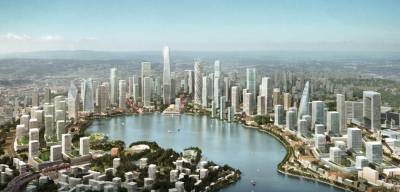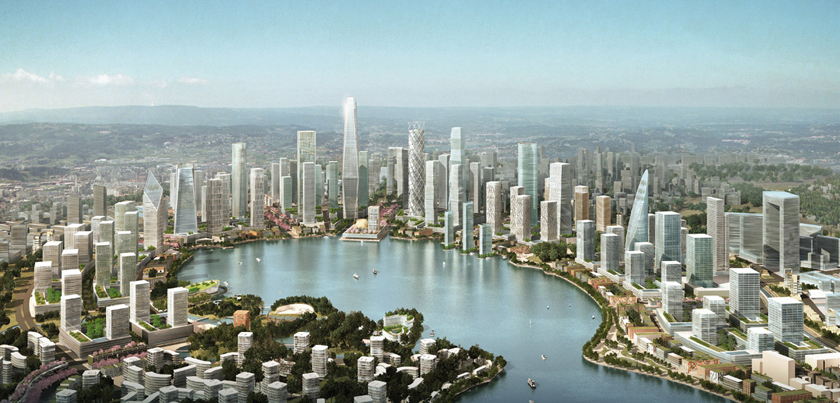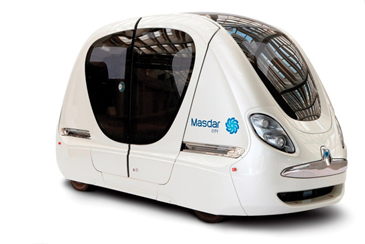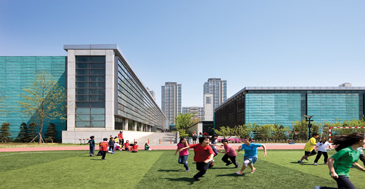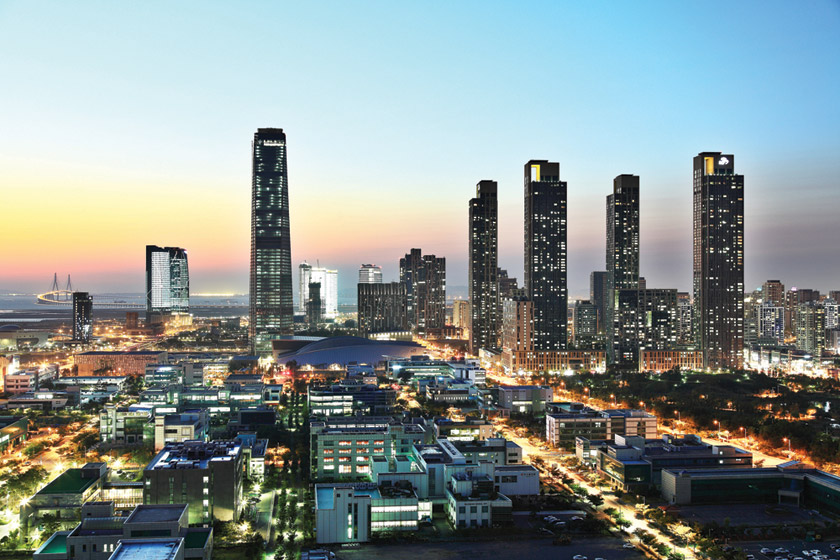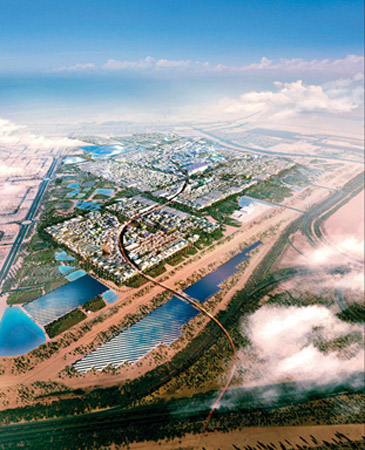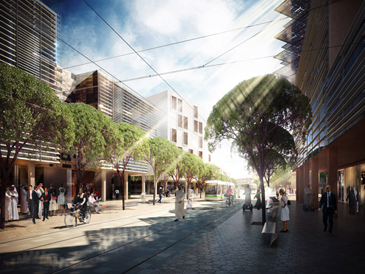Imagine a city with no cars, but instead white driverless pods silently whizz along the roads. A place that generates its own power, where buildings turn off their lights, kitchen appliances moderate their energy consumption and offices are fitted with telepresence screens to enable you to participate in real-time client meetings or even remote health check-ups with a specialist in another country.
Picture a city where there is practically no crime because a benevolent Big Brother is watching your every move and responding to emergencies in an instant. An urban centre that has been designed to be highly liveable thanks to the perfect balance of green space, water, fresh air, walkable streets and aesthetically pleasing architecture.
Before you dismiss this as an implausible vision of a futuristic utopia, let us introduce you to Songdo, Meixi Lake, Masdar City and Wave City—four such cities, already in existence.
These “smart cities”, as they are known, are the product of innovative developers, architects and technology companies such as Gale International, Foster and Partners and IBM. And the plan is, once these prototypes have been successfully tried and tested, the blueprints will be used to replicate them around the globe.
In the early 1980s, there were about 4.5 billion people on this planet. Today, there are an estimated seven billion people—with more than 60 per cent living in Asia.
In India, an average of 30 people move from the countryside every minute and flood into urban centres.
